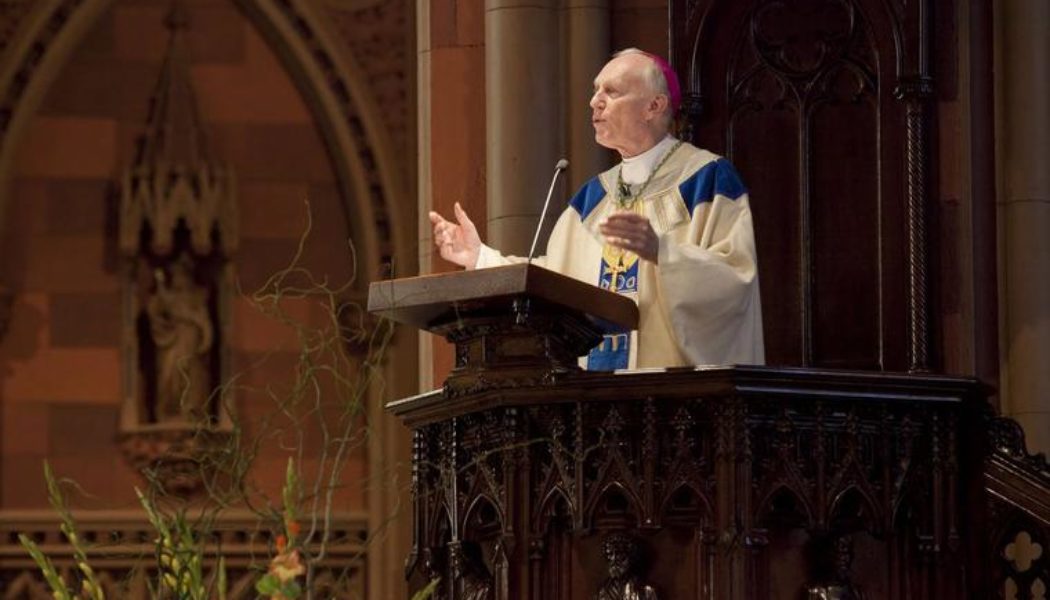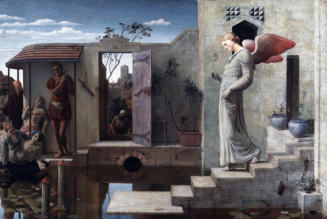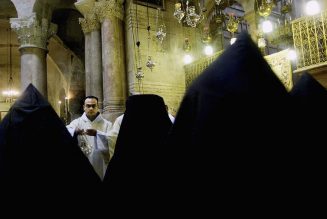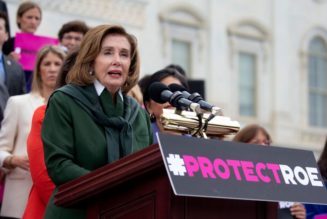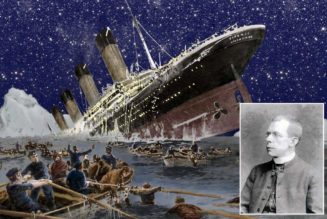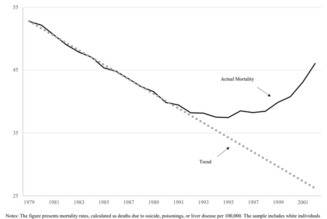
COMMENTARY: After a retirement marked with scandal and shame, Bishop Emeritus Howard Hubbard of Albany died Aug. 19. His funeral will be Aug. 25.
De mortuis nil nisi bonum. So goes the ancient Latin aphorism: Speak no ill of the dead. But what of the dead who did so much ill that any speech at all would have to include it?
That’s the dilemma facing Bishop Edward Scharfenberger of Albany, New York. What should he say about Bishop Emeritus Howard Hubbard? Or perhaps he should say nothing?
Funeral for a Disgraced Bishop
It was announced on the feast of St. Pius X that a funeral Mass for Bishop Hubbard would be held at the parish of St. Pius X on Aug. 25. Bishop Scharfenberger will preside, as is customary for the funerals of retired bishops.
Bishop Hubbard died Aug. 19 at age 84. He had been bishop of Albany for 37 years, 1977 to 2014. In 2004, the diocese hired a former federal prosecutor to investigate claims that Bishop Hubbard had had homosexual liaisons in the 1970s. He was cleared. The charges may have been a case of mistaken identity.
His retirement years were marked by shame and scandal. He admitted to covering up sexual abuse cases, had multiple allegations of sexual abuse made against him — which he vigorously denied — and asked to be laicized last year so that he could marry. The Vatican denied his petition for laicization. Bishop Hubbard then announced on Aug. 1 that he had attempted marriage in a civil ceremony to Jennifer Barrie (now Hubbard). That meant an automatic suspension from priestly ministry. He died less than three weeks later.
What then to say about such a man? There are three main options.
Albany Remains Largely Silent
Albany has thus far attempted to say as little about Bishop Hubbard’s failings as possible. His biography on the diocesan website, current as of today, makes no mention of anything untoward, reciting a long list of his various appointments. In contrast, for example, the biography entry for Theodore McCarrick on the Archdiocese of Washington’s website is brief and mentions his dismissal from the clerical state.
Bishop Scharfenberger, upon the news of Bishop Hubbard’s attempted civil marriage, clarified that Hubbard still remained a bishop but was suspended from priestly ministry. He requested prayers for all concerned and added some suitably pious thoughts.
Upon Bishop Hubbard’s death, Bishop Scharfenberger mentioned nothing about his predecessor at all, save for his name. He wrote about how priests generically can “inspire and encourage” as well has “hurt and wound.”
The strangeness of the statement spoke more clearly in what was not said, but obviously intended: Bishop Hubbard was a disgrace. How then to bury the disgraced bishop?
Bishop Scharfenberger’s first option is to simply distance the diocese altogether, holding a routine funeral in a parish church with no involvement from the bishop. There is something shabby and evasive about that, given that Bishop Hubbard is the emeritus bishop, after all, and the longest-serving bishop of Albany to boot.
That leaves two other options: Archbishop Rembert Weakland and Joseph Wesolowski.
Father James Martin on Archbishop Weakland
Archbishop Rembert Weakland, emeritus of Milwaukee, died a year ago this month, a disgraced prelate guilty of great unrepented (at least publicly) wickedness. The initial reaction of his friend, prominent Jesuit Father James Martin, was to accentuate the good as he saw it and underplay the evil. That did not work out so well, and Father Martin was compelled to latterly acknowledge his friend’s “sins and crimes.”
Archbishop Jerome Listecki of Milwaukee attempted a balance in the obsequies. He offered the funeral Mass himself in the cathedral, but left to another priest to preach the homily, who praised Archbishop Weakland while acknowledging, indirectly, that he was a sinful and criminal man.
Bishop Hubbard evidently anticipated that he may not get the Father Martin apologetics, so commissioned a public relations firm to draft an auto-eulogy. He fondly remembered himself as “a leader of the liberal wing of the American Catholic Church … for more than 50 years,” “and a leading voice in public life in New York, an activist and outspoken advocate for peace and social justice, respect for life, care for the poor and marginalized, and friendship with other faiths, particularly the Jewish community.”
Bishop Hubbard recalled that he was “humble and witty.” He was also “deeply respectful of church teaching and tradition” while his “profoundly independent thinking” led him to dissent from Church teaching.
Bishop Scharfenberger could opt for the Archbishop Weakland model, presiding over the funeral and permitting another priest to sing Hubbard’s praises. The fact, though, that Bishop Hubbard’s funeral is not at the cathedral may signal that Bishop Scharfenberger is not headed in that direction.
Archbishop Konrad Krajewski on Wesolowski
Another, creative model, was provided in August 2015. Archbishop Joseph Wesolowski had been the apostolic nuncio in the Dominican Republic. He was recalled to Rome in 2013 after allegations of a truly revolting series of sexual abuses of minor boys. He was convicted in a Congregation of the Doctrine of the Faith trial and dismissed from the clerical state in 2014. A Vatican criminal trial began in July 2015 for which Wesolowski faced jail time if convicted. He died in August 2015.
Here was a former nuncio, now layman, who died in Rome. What to do? He could have been buried discreetly in any number of obscure churches. He was no longer a bishop, as were both Hubbard and Weakland when they died.
Pope Francis took a more courageous and creative path. He granted Wesolowski a funeral in St. Peter’s Basilica. He did not seek to distance himself from the Church’s shame. The funeral Mass was offered by one of the Holy Father’s closest collaborators, Wesolowski’s fellow Polish prelate, the papal almoner, Archbishop Konrad Krajewski (now a cardinal). Some 20 bishops, including Americans Cardinal James Harvey and Msgr. (now Archbishop) Peter Wells, attended.
Archbishop Krajewski used the funeral rite for the laity, not for a bishop. More dramatically, he did not preach, but observed a prolonged 10 minutes of silence. The silence was a thunderous denunciation that echoed through the vastness of St. Peter’s.
The decision not to preach or have eulogies for Wesolowski made it clear that a disgraced and deeply wicked man was being buried. The Church still commended him to the Lord’s mercy, as everyone is. He faced a terrifying judgment the outcome of which cannot be known here below.
What option will Albany choose?
If one is not to speak ill of the dead, perhaps it is better to say nothing.
